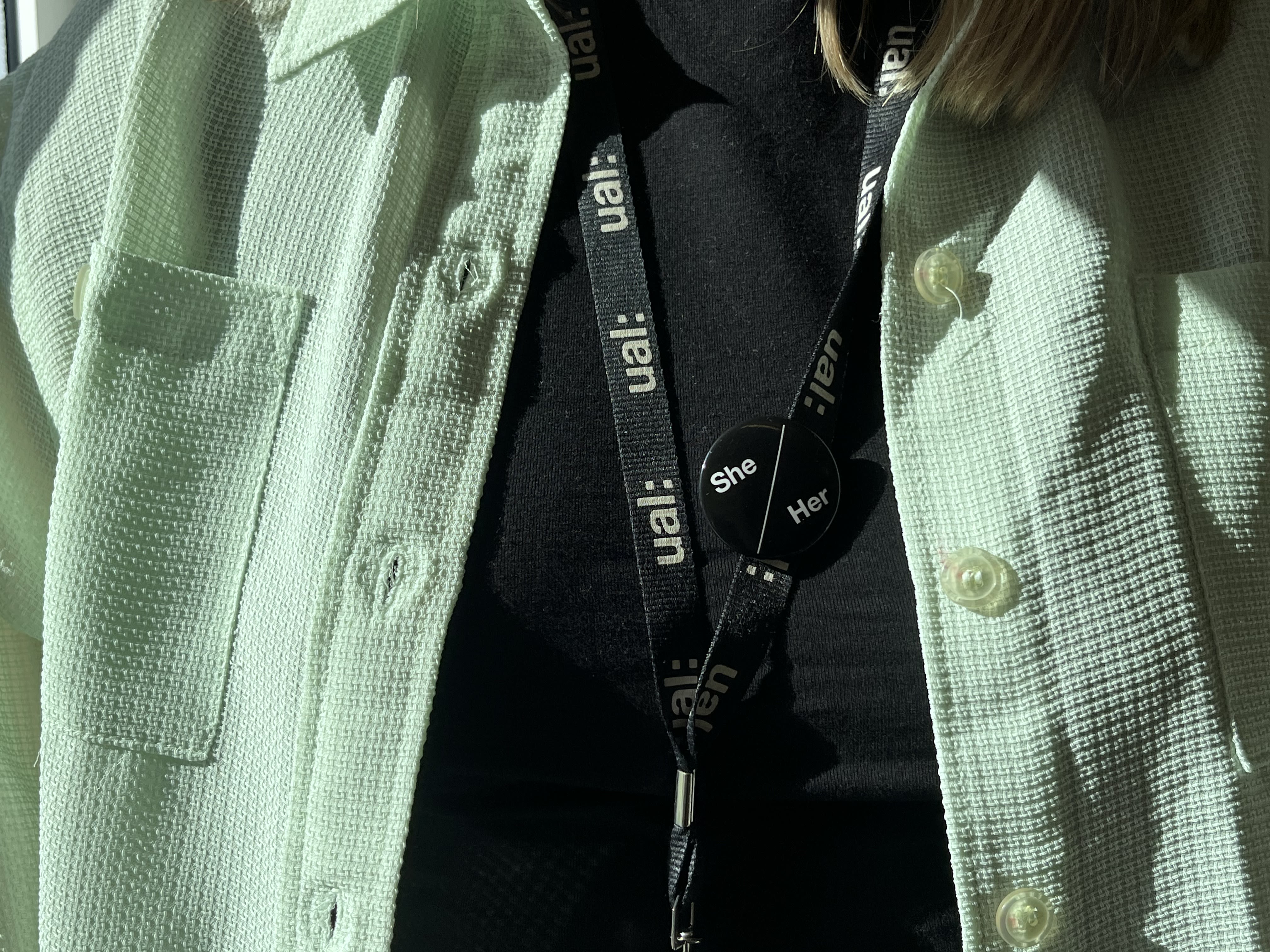
International Day of Pronouns: Addressing the myths
We’ve decided to bust some of the most common myths around pronouns and their usage.


Just as the history of language is one of ever-evolving changes, so is our use of pronouns.
Pronouns are words that refer to a person or an object in place of their name. These can take the form of a word which directly refers to other people or ourselves (e.g. I/he/she/they) or a word referring to someone’s ownership of something (e.g., my/his/her/their).
While some languages such as Hungarian, Estonian, Finnish and the Turkic language Kyrgyz do not contain any gendered pronouns at all, the third person singular pronouns in the English language “he” and “she” are gendered and are traditionally linked to the perception of an individual’s gender identity.
Because they are related to someone’s identity, using the correct pronouns is essential for respectful communication with others.
We often talk about the importance of respecting someone’s pronouns when advocating for the rights and inclusion of trans and non-binary communities. However, we all grow up and exist with our own pronouns and the wish to be acknowledged for who we are.
Even though people are becoming more aware of the importance of respectful use of pronouns and the harms associated with disrespecting them, societies have been developing better ways to express and talk about gender for a long time.
In fact, some accounts show that people in the 1800s were trying to come up with gender-neutral pronouns; a quest that was particularly important to feminists at the time who wanted to use gender-neutral pronouns to eliminate social bias.
An extract of an opinion piece in the Daily Arkansas Gazette in 1882 reads:
“It is quite as important that they [women] should stand equal with men in the grammars as before the law.”
The same happened much earlier in 1794 in an essay for the New Bedford Medley, written by three women, who used ‘they’ to conceal their gender and challenged a critic to invent a different pronoun “if their politically-charged use of singular 'they’ upsets him so much.”
In 1911, insurance broker Fred S. Pond invented a new set of gender-neutral pronouns to avoid awkward writing which forces people to include ‘he or she’ in a sentence when not actually referring to a specific gender. He called them he’er, his’er and him’er. A year later, the first female superintendent of the Chicago public-school system Ella Flagg Young made headlines after proposing the set of pronouns to a room of school principals.
At the time, many dismissed them as an unnecessary linguistic complication while others panicked thinking this would predict the end of language. As one editor for Harper’s Weekly said: “When ‘man’ ceases to include women we shall cease to need a language.”
However, calls for developing a wider range of pronouns continued: In 1920, the pronoun ‘hir’ first appeared in a Californian newspaper called ‘The Sacramento Bee’, supposedly created by a writer identified only as J. W. L. in 1864. Before the turn of another century in 1996, writer Kate Bornstein used ze/hir pronouns for a character in her novel ‘Nearly Roadkill’, possibly being one of the first to bring these pronouns into the mainstream.
Today, we use pronouns more mindfully to include people beyond the traditional gender binary and to acknowledge gender fluidity.
While some people exclusively use the gender-neutral, singular ‘they’, people also sometimes use a mixture of gendered and neutral pronouns, such as she/they or he/they to better reflect their gender identity.
People inside and outside the gender binary might also choose to use the singular ‘they’ if they’re not certain about someone’s pronouns, as it’s a gender-neutral way to address someone.
This is nothing new: We’ve been using ‘they’ as a singular pronoun in the English language for centuries. For example, in the 1600s, some medical texts used they/them pronouns when individuals did not fit into binary gender standards.
There’s even evidence of its use going back to 1375 in a medieval romance called ‘William and the Werewolf’. However, it’s worth noting that since different forms of speech often develop long before they’re written down, it’s likely that the singular ‘they’ dates back much further than the late 14th century.
People who feel comfortable within the traditional gender binary often have the privilege of not having to think about their own pronouns or risk being misgendered. It’s therefore important to learn how to adopt a more inclusive vocabulary which respects people’s pronouns to help foster an environment in which people of all gender identities can feel safe and seen.
By adding pronouns to your social media profiles and email signature, you can help to avoid assumptions and show your support for creating an environment in which people of all gender identities feel welcome and included.

We’ve decided to bust some of the most common myths around pronouns and their usage.